Mexico's poverty rate declines from 50% to 43.5% in four years as remittances almost double
According to a new study, the poverty rate in Mexico has declined from 49.9% in 2018 to 43.5% in 2022. The reduction has pulled 5.7 million people out of poverty, although the reason behind lower poverty rates is still somewhat unclear. The current president of Mexico, Andres Manuel Lopez Obrador took office in December 2018, and since then has more than doubled the country's minimum wage. Lopez Obrador also introduced supplementary pension payments for people 65 or older and scholarship and apprentice programs for young adults, all of which could have contributed to lower overall poverty rates. Another major factor is likely to be remittances, which have almost doubled since 2018 to an annual rate of about $60 billion, most of which is sent back to some of the poorest families in Mexico to help them get by. However, the study also reported that extreme poverty has actually edged up from 7% to 7.1% from 2018 to 2022, and the number of people reporting money problems relating to health care has also increased, possibly due to the restructuring of the health care system under Lopez Obrador, and the coronavirus pandemic. Therefore, while overall poverty rates are declining, there is still work to be done, especially to alleviate the extreme poverty experienced by 9.1 million Mexicans.

The poverty rate in Mexico has declined from 49.9% of the population in 2018 to 43.5% in 2022, according to a study published Thursday by the country’s poverty analysis agency.
The study by the agency, known as Coneval, showed a decline in a key measure of poverty over the four-year period. The reduction means there were 5.7 million fewer people who reported incomes below the market basket for basics like food and clothing.
It was unclear what was behind the reduction in poverty.
President Andrés Manuel López Obrador took office in December 2018, and since then has more than doubled the country’s minimum wage. The minimum wage was equivalent to about $4.50 per day in 2018, and now buys about $12, in part due to the appreciation of the Mexican peso against the dollar.
But remittances — the money sent home by Mexicans working abroad — have also almost doubled in the same period, going from around $33.5 billion in 2018 to an annual rate of about $60 billion in 2023, based on numbers for the first half of the year.
Experts say most remittances go to some of the poorest families in Mexico, and the money is mainly used to help them get by.
It was not all good news. The agency also reported that extreme poverty — defined as people who do not have enough income even to buy enough food — edged up from 7% of the population in 2018 to 7.1% in 2022. Because of the increase in overall population, that meant that extreme poverty cases rose from 8.7 million people in 2018 to 9.1 million in 2022.
López Obrador also introduced supplementary pension payments for people over 65 and scholarship or apprenticeship programs for youths. But because those programs are not means-tested — they are given to anyone who qualifies, regardless of income level — it is not clear whether they have particularly helped the poorest Mexicans.
There was also a surprising increase in the number of people reporting money problems relating to health care. That number rose from 16.2% of the population in 2018 to 39.1% in 2022. The agency said in a previous report on the growth of that number in 2020 that the increase may be due to the widespread restructuring of the health care system under López Obrador, and the effects of the coronavirus pandemic.
During the pandemic, many Mexicans had to seek treatment at private hospitals and clinics because government-run hospitals were full.
As has long been the case, the north of Mexico was generally less poor, while the southern states of Chiapas, Guerrero, Oaxaca, Puebla and Tlaxcala were the poorest. The first three states have very high Indigenous populations.
What is Your Reaction?
 Like
0
Like
0
 Dislike
0
Dislike
0
 Love
0
Love
0
 Funny
0
Funny
0
 Angry
0
Angry
0
 Sad
0
Sad
0
 Wow
0
Wow
0






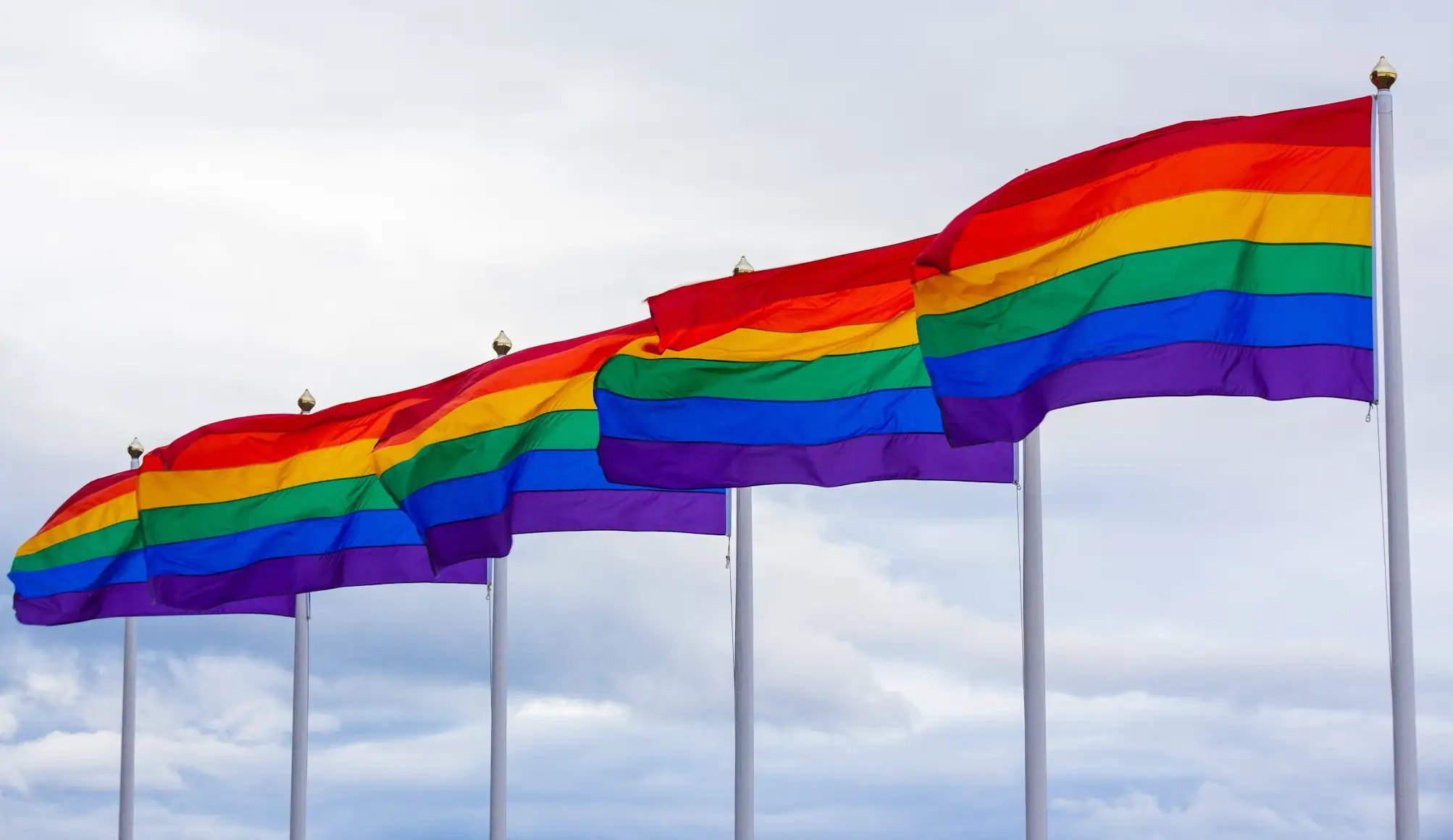























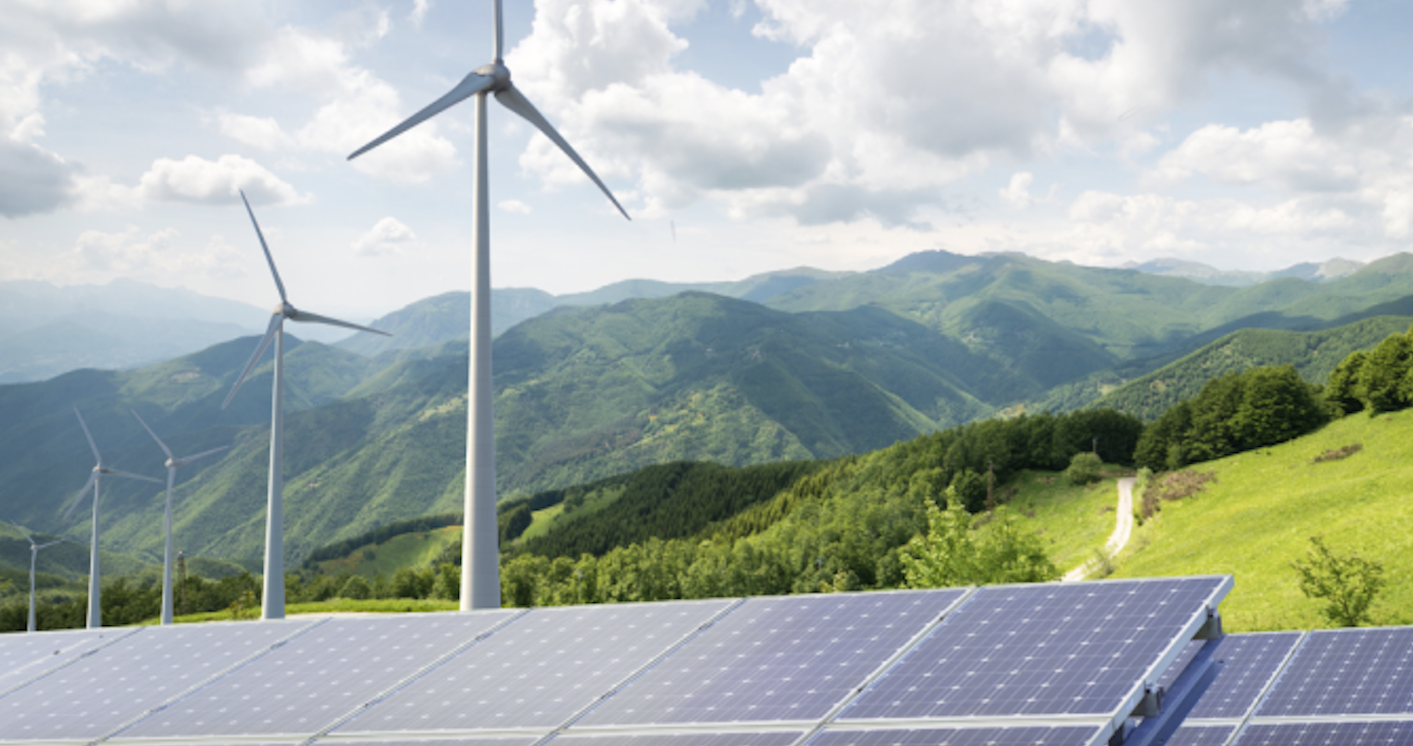
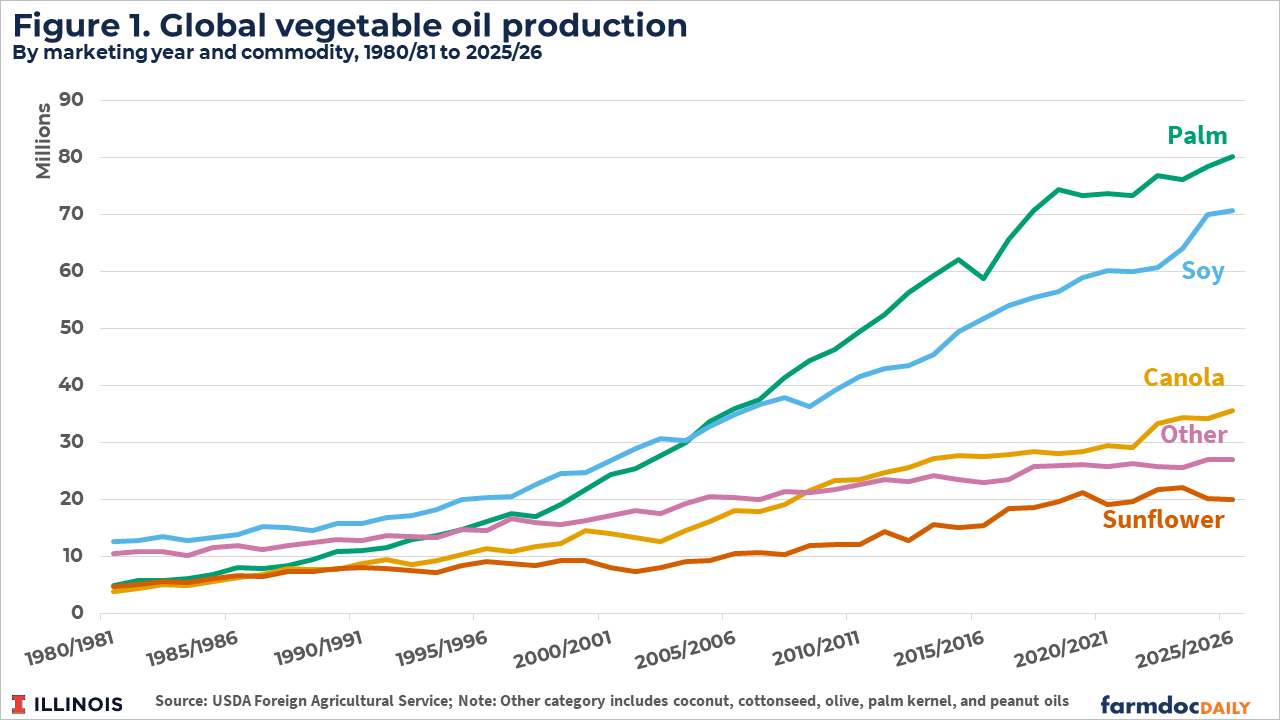













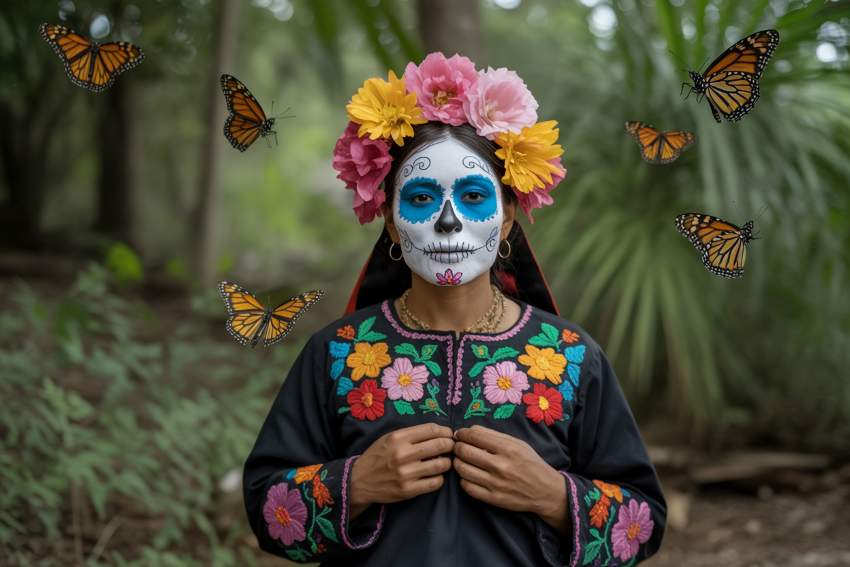
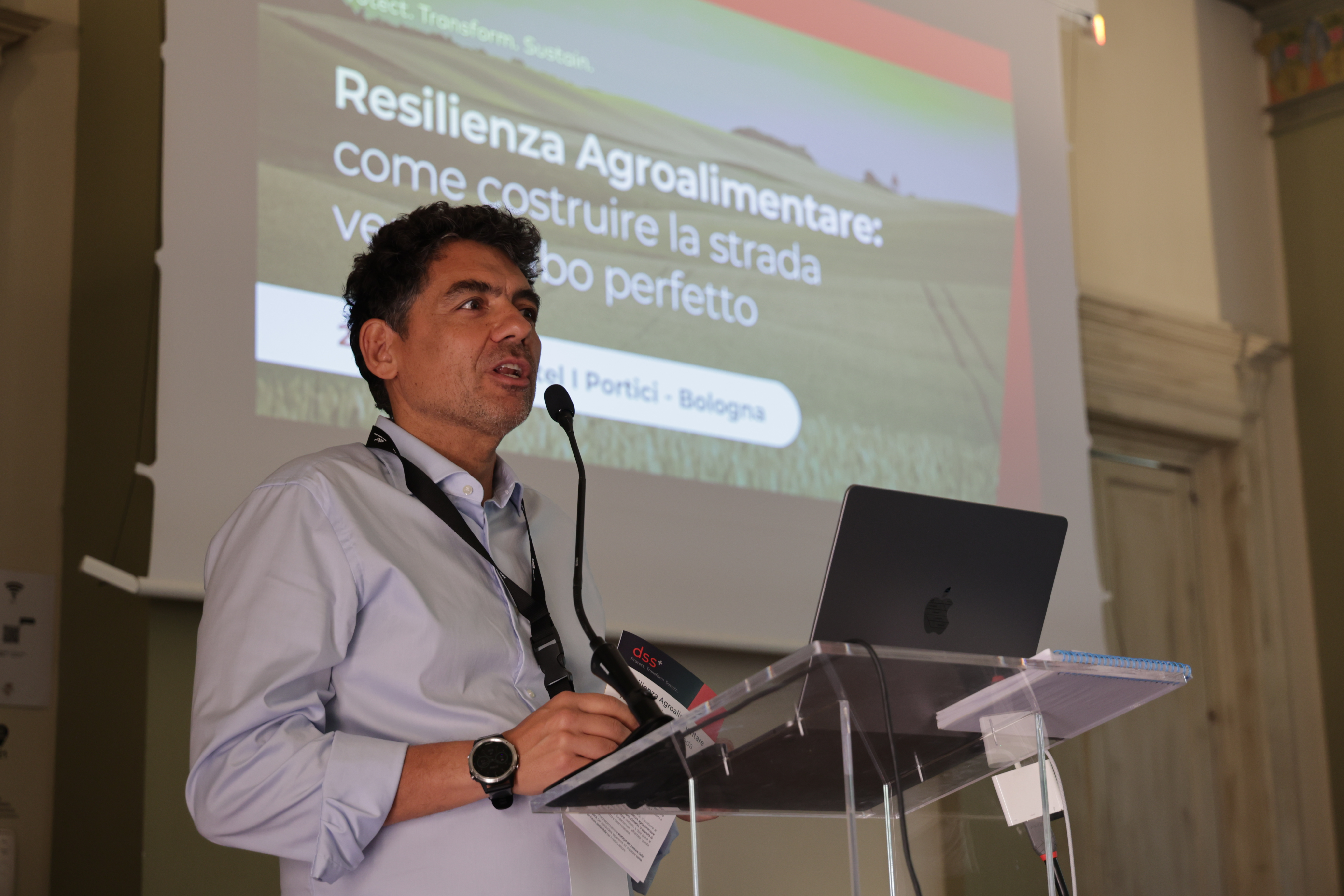

















.jpg.webp?itok=0ZsAnae9#)






